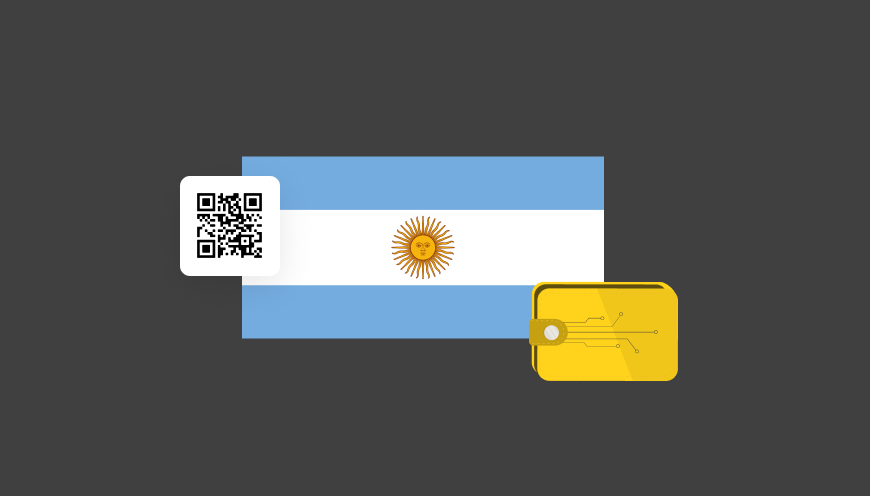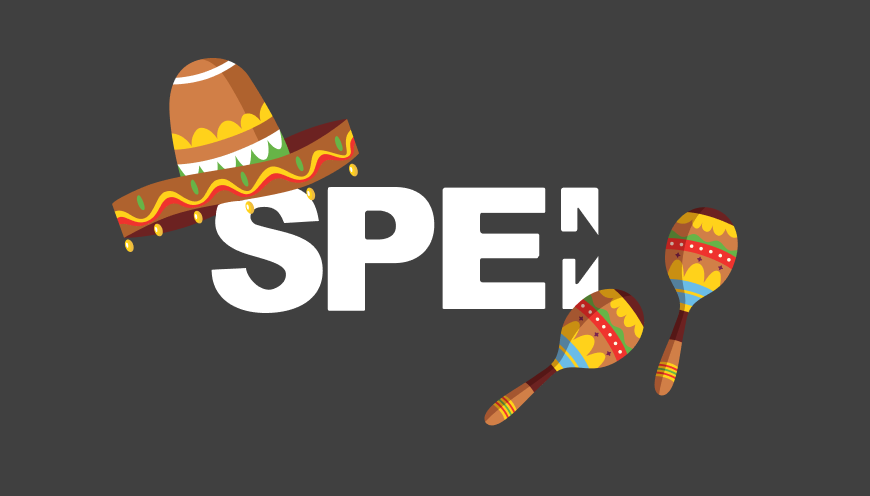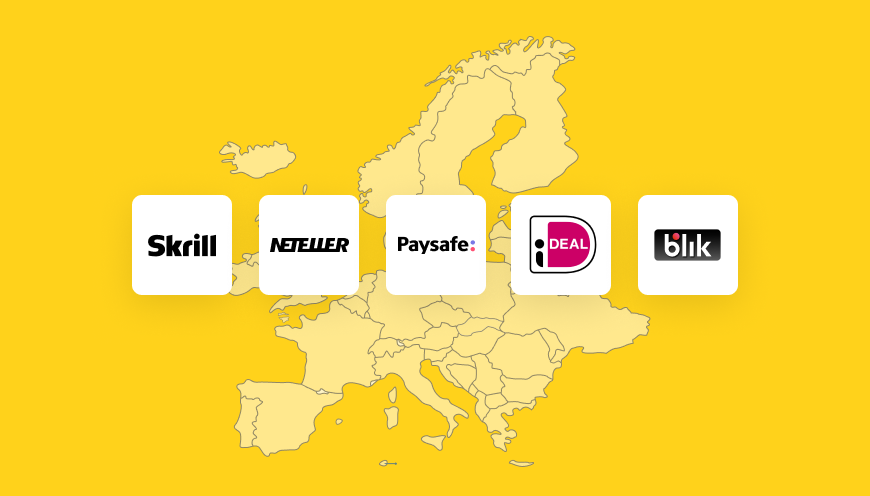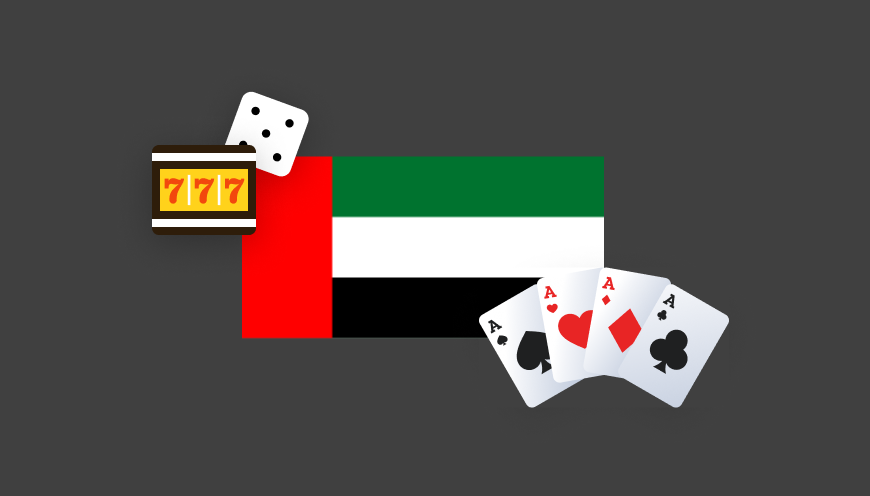The push for a cashless economy in Argentina has gained momentum, largely fueled by high smartphone usage and fintech growth. By 2023, electronic payments grew by 68%, with a surge in adoption of digital wallets, QR code transactions, and real-time payment systems like Transfers 3.0. These systems have made digital transactions quicker and more accessible, encouraging more people to move away from cash.
Key statistics
-
Digital wallets
Captured 31% of e-commerce payments and 18% of point-of-sale (POS) transactions in 2023.
-
QR-code payments
A central feature of Argentina’s digital payment landscape, with QR code interoperability mandated by the Central Bank of Argentina (BCRA) to facilitate smoother transactions across platforms.
Digital wallets have rapidly become a preferred payment method in Argentina, especially for e-commerce and POS transactions. Their popularity stems from convenience, speed, and an ability to consolidate multiple accounts, making transactions seamless for users.
Leading players
-
1. Mercado Pago
Dominates the market, with 74.4% usage among digital wallet users. Its extensive integration with local merchants has made it a go-to option for digital payments, especially in e-commerce.
-
2. Modo
Adopted by 31.6% of users, MODO is a collaborative effort by Argentine banks to provide a real-time payment solution that competes with international fintech giants. It integrates bank accounts across different providers, facilitating easy P2P (peer-to-peer) and P2M (peer-to-merchant) transactions.
-
3. Ualá
Focuses on financial inclusion, boasting 20.6% usage. It offers prepaid cards and financial services, appealing especially to underbanked communities. Ualá has seen a 300% increase in bill payments and a 40% rise in investments on its platform, showcasing its growing footprint in the digital finance space.
The role of real-time payment systems
Transfers 3.0 is widely integrated with multiple banks, offering smooth interoperability between accounts and wallets. This capability is particularly beneficial for iGaming, where user retention depends heavily on quick, efficient payment processing.
Key features of Transfer 3.0.
- Supports immediate transfers between digital wallets and bank accounts, a must-have for iGaming platforms.
- All payment solutions must integrate with QR technology, which allows players to fund their accounts easily via their preferred apps, regardless of the provider.
Future Trends and Innovations
-
1. Open banking
While still in the early stages, open banking offers opportunities for better payment solutions through data sharing between banks and fintechs. This can enhance user experience by providing faster, more secure payment processing.
-
2. Blockchain and AI
Although regulated, there is potential for blockchain applications to enhance transparency and security, essential for managing high-value gaming transactions. AI is also being used to monitor transactions for fraud and ensure compliance with AML (Anti-Money Laundering) regulations.
-
3. Embedded finance
Digital wallets, like Ualá, are moving towards embedded finance, offering integrated financial services beyond simple transactions. This trend could simplify payment processing for iGaming platforms, enabling them to offer users a seamless, all-in-one solution.
Conclusion
Argentina’s iGaming sector is set for continued growth, driven by fintech advancements and evolving digital payment trends. The ability to adapt to real-time payment systems, comply with stringent regulations, and navigate economic challenges like inflation and cross-border fees will be key to success. Players expect fast, secure, and diverse payment options, and operators must invest in partnerships and technological innovations to meet these demands.





